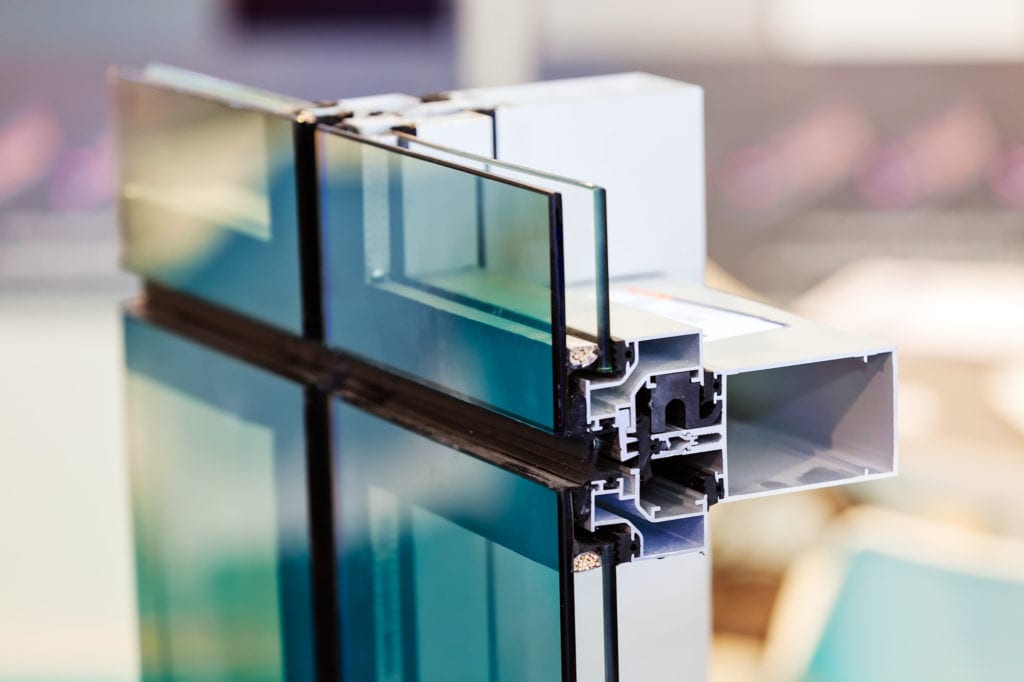All Categories
Featured
Table of Contents
Double Glazed Windows In Melbourne in Canning Vale WA
That window can transfer more solar heat in winter than in summertime. A west-facing window on a summertime's afternoon has an angle of incidence from near 0 up to 30 with a large effective area of solar radiation. A north-facing window, in summer, has a high angle of occurrence and a low effective location of solar radiation, so can send less heat than a west-facing one.

But you can rapidly and quickly improve the thermal efficiency of your house by changing your windows. This is one of the most reliable methods of remodelling to accomplish better thermal comfort. There are thousands of types of glass and frames to pick from. Selecting the best ones is important to improving the energy effectiveness of your house.
Double Glazing Vs Triple Glazing For Windows (2023) in Boya WA
There are various kinds of glass products to select from. Single glazing uses a single pane of glass. Single glazing with clear glass is not extremely effective when it comes to heat loss or gain. To enhance performance, you can use single glazing with a more energy-efficient type of glass such as low emissivity (low-e) glass.
The energy performance of IGUs also depends on: the residential or commercial properties of each layer of glass. Various glass types (for example, clear and low-e glass) can be put together in an IGU.
Glass & Glazing - Easy Windows Upvc Double & Triple ... in Midland Perth

IGU cavities can be filled with air or a more inert, low-conductivity gas such as argon the width of the cavity. Cavity thickness is typically 6 to 18mm. Broader cavities offer lower (much better) U values, with 12mm usually accepted as the favored gap how well the cavity is sealed. Cavities should be dry and well sealed to prevent wetness getting in.
If argon is installed to the cavity in location of air, moisture is reliably left out the level of desiccant (drying agent). The spacer (metal or polymer strip) that separates the glass layers consists of a desiccant to soak up any moisture. Inadequate desiccant might trigger moisture to condense on the glass surface area in cold conditions, decreasing thermal efficiency.
Glazing in Belmont Perth
In fact, IGUs can provide better energy efficiency for all environments, specifically in heated and air-conditioned homes. Cross-section information of single, double and triple-glazing systems Low emissivity glass (typically understood as low-e glass) decreases heat transfer. Low-e glass may be either high or low transmission: High transmission low-e glass has a covering that enables daylight from the sun to enter your house to accomplish excellent solar heat gain, however minimizes the amount of the long wavelength infrared heat that can leave back through the window.
Low-e glass has either a pyrolytic covering or a vacuum-deposited thin film metal finish. Pyrolytic finishes are resilient and can be utilized for any glazing; vacuum-deposited finishings are soft and are just used within IGUs. Low-e finishes can significantly enhance both U value and SHGC; however, they should be used correctly or they will either weaken or stop working to carry out as needed.
Double Glazing Vs Triple Glazing For Windows (2023) in Heathridge WA
Low-e coatings can be used in mix with clear, toned or reflective glass. Low-e finishes on glazing can reduce heat transfer where needed Photo: Department of Industry, Science, Energy and Resources Toned glass has colouring additives included throughout manufacture. It is available in different colours, normally bronze, grey, blue and green.
Table of Contents
Latest Posts
Reglazing Single Glazed Windows With Double Glazed Units in White Gum Valley Western Australia
Replacement Double Glazing - Upvc Windows in Kingsley Perth
Energy Efficiency With Double Glazed Windows 2023 in Como Perth
More
Latest Posts
Reglazing Single Glazed Windows With Double Glazed Units in White Gum Valley Western Australia
Replacement Double Glazing - Upvc Windows in Kingsley Perth
Energy Efficiency With Double Glazed Windows 2023 in Como Perth